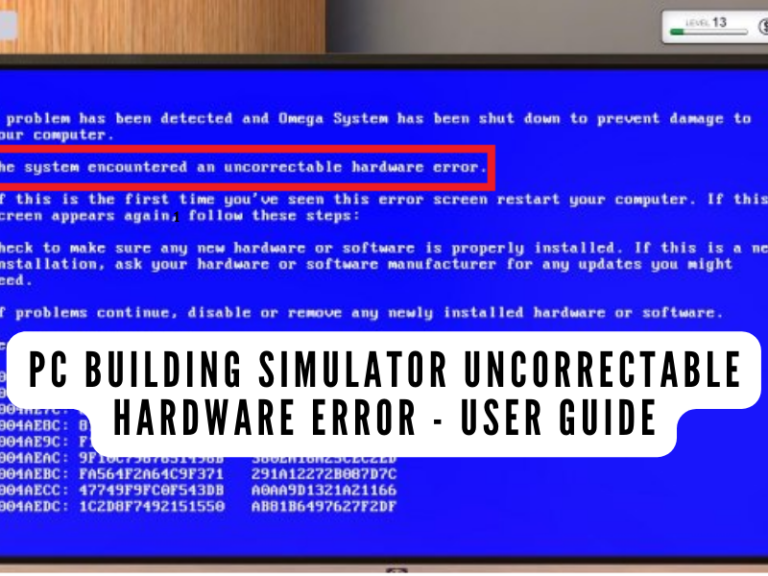Why is 277 Voltage So Dangerous? Get Yourself Covered
Understanding the potential dangers associated with electricity is crucial for maintaining a safe working environment. Among the various voltage levels, 277 voltage stands out as particularly hazardous.
In this article, we will delve into the reasons why 277 voltage is so dangerous, exploring its characteristics, associated hazards, and the necessary safety precautions to mitigate risks.
What really is Voltage and why is it important?

Before we dive into the specifics of 277 voltage, it’s essential to clearly understand it. Voltage is the electrical force that drives current through a conductor. It is measured in volts (V) and can be either alternating current (AC) or direct current (DC).
AC is the type of electricity commonly supplied by utility companies, while DC is typically found in batteries and electronic devices. Different voltage levels exist for various applications, ranging from low voltage (e.g., 12V) to high voltage (e.g., 480V).
What is 277 Voltage?
277 voltage refers to a specific level of AC voltage commonly used in commercial and industrial settings. It is derived from a 480V three-phase power system and reduced to 277V for lighting and certain equipment.
This voltage level is selected to maximize energy efficiency while ensuring optimal lighting conditions. However, despite its intended purpose, 277 voltage poses significant dangers if mishandled or not respected.
What is the difference between 240v and 277V?
The main difference between 240 volts (V) and 277 volts (V) lies in their typical applications and usage.
240V is a common voltage level used in residential settings for supplying power to appliances, lighting, and general electrical systems. It is the standard voltage provided by many utility companies.
On the other hand, 277V is commonly used in commercial and industrial settings, particularly for lighting systems. It is derived from a 480V three-phase power system and stepped down to 277V for efficient lighting operation.
While both voltages are considered high voltage, the key distinction lies in their intended applications and the specific electrical systems they are designed to support.
Why is 277 Voltage So Dangerous?
Due to its higher voltage level, 277 voltage presents several hazards that can lead to severe consequences if not handled properly. The following hazards are commonly associated with 277 voltage:
Increased Risk of Electric Shock
The higher voltage of 277V increases the potential for electric shock. Direct contact with live wires or faulty equipment can result in severe injury or even be fatal. It is crucial to be aware of the risks and take appropriate precautions when working with or around 277 voltage systems.
Higher Potential for Arc Flash Incidents
Arc flashes, sudden releases of electrical energy, can occur when there is a fault in an electrical system. With 277 voltage, the energy released during an arc flash can be much more substantial, leading to severe burns, blindness, and even death. Strict adherence to safety protocols and the use of appropriate protective equipment are essential to prevent arc flash incidents.
Potential for Equipment Damage and Fires
The high voltage of 277V can damage electrical equipment not designed to handle such levels. Overloading circuits or using incompatible devices can lead to equipment failure, electrical fires, and interruptions in critical systems. Proper installation, regular maintenance, and adherence to manufacturer guidelines are necessary to mitigate these risks.
Active GPS Antenna Voltage; Everything Explained
rlctalk.com
What are Safety Measures and Precautions when dealing with 277 voltage?
To minimize the risks associated with 277 voltage, several safety measures and precautions should be followed:
- Importance of Proper Training and Education
Workers involved in electrical operations must receive proper training and education on the hazards associated with 277 voltage. Understanding the risks, safety protocols, and emergency procedures can significantly reduce accidents and injuries.
- Use of Personal Protective Equipment (PPE)
Personal protective equipment, such as insulated gloves, safety glasses, and flame-resistant clothing, should be utilized when working with 277 voltage. PPE provides a crucial layer of protection against electric shock, arc flash incidents, and other potential hazards.
- Implementing Lockout/Tagout Procedures
Lockout/tagout procedures ensure that equipment is de-energized and properly locked out before maintenance or repair work begins. Strict adherence to lockout/tagout protocols is vital for preventing accidental energization of circuits and protecting workers from electrical hazards.
How to Mitigate the Risks of 277 Voltage?

To mitigate the risks associated with 277 voltage, the following measures should be implemented:
- Installing Ground Fault Circuit Interrupters (GFCIs)
GFCIs monitor electrical currents and can quickly detect ground faults, reducing the risk of electric shock. Installing GFCIs in circuits powered by 277 voltage helps protect against electrical hazards and enhances overall safety.
- Employing Electrical Fault Protection Devices
Electrical fault protection devices, such as arc fault circuit interrupters (AFCIs) and surge protectors, play a crucial role in preventing arc flash incidents and safeguarding equipment. These devices detect faults and interrupt the circuit to minimize the potential for electrical accidents.
- Regular Maintenance and Inspections
Routine maintenance and inspections of electrical systems are essential to identify and rectify any potential issues promptly. Periodic testing and evaluation of equipment help ensure its safe operation, reducing the risk of malfunctions, fires, and accidents.
What to do after getting shocked by 277 volts?
If you get shocked by 277 volts, it is crucial to take immediate action to ensure your safety. Follow these steps:
- Remove yourself from the electrical source: Move away from the source of the shock to avoid further exposure.
- Call for help: Alert someone nearby or call emergency services for assistance.
- Check for injuries: Assess yourself for any visible injuries or signs of burns. Seek medical attention if necessary.
- Do not touch the person or equipment: Avoid touching the person who got shocked or any electrical equipment involved to prevent further harm.
- Advise others: Inform those around you about the incident to ensure their safety and prevent additional accidents.
- Document the incident: Take note of the details of the incident for future reference or reporting purposes.
Remember, electrical shocks can be serious and potentially life-threatening. Always prioritize your safety and seek medical attention as soon as possible.
What Does L and N Mean in Electrical Wiring: Understanding Polarity and Safety
rlctalk.com
Conclusion
In conclusion, 277 voltage is a dangerous electrical level commonly found in commercial and industrial settings. Its high voltage poses significant risks, including an increased potential for electric shock, arc flash incidents, and equipment damage.
Understanding the hazards associated with 277 voltage and implementing appropriate safety measures, such as proper training, personal protective equipment, and adherence to OSHA regulations, is crucial for maintaining a safe work environment. By prioritizing safety and respecting the power of 277 voltage, businesses can protect their employees and minimize the potential for accidents, injuries, and costly downtime.







